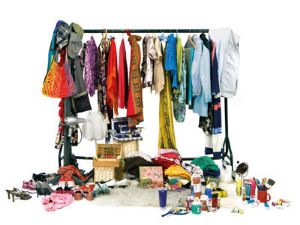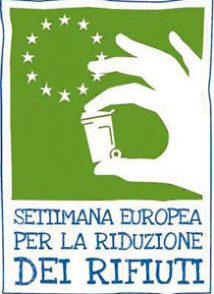The bad news comes from Legambiente’s annual report, Ecosistema Urbano, a collaborative project with the Istituto di ricerche Ambiente Italia and Sole 24 Ore newspaper. The report looks into the eco-credentials of 103 Italian cities and then ranks them. Most of Tuscany’s major towns have sadly slipped down the chart, including Siena, which last year was the region’s Green Queen, in second place; this year it’s fallen to fifth. Florence, on the other hand, has slipped 23 places to an embarrassing 38th.
The report analyses a wide range of environmental factors, which can be broadly classified into three macro-groups. First is the impact of the local population in terms of water, electricity and petrol consumption, waste production and the number of cars and motorbikes on the roads. Second is the quality of the local environment, such as levels of smog and the number of green areas in the city. Third is an analysis of green public policy, such as recycling, public transport, pedestrian areas, cycle paths and renewable energy.
Florence has scored badly for a number of reasons, not least of which is its level of air pollution. The city is also in 88th place for the amount of rubbish produced (709.3 kg per person per year) and a shocking 90th place for the amount of electricity used per household. Cecilia Armellini, director of Legambiente Toscana’s Energy Group, also says that the city needs to use more renewable sources of energy and depend less on fossil fuels.
However, several positive notes have also emerged from the report. For example, Florence does very well nationally in terms of the demand and supply of public transport (5th and 7th place respectively), although that may leave many people wondering how bad the transport systems must be everywhere else. Florence is also in 7th place for the number of cars on the roads (only 55 cars per 100 inhabitants) and 6th place for its public parks (largely for the Cascine). For a more detailed review of the report, go to www.legambiente.eu/campagne/ecosistemaUrbano/index.
What do you think the City of Florence needs to do to boost its green credentials?
Send your ideas to m.morozzo@theflorentine.net.







